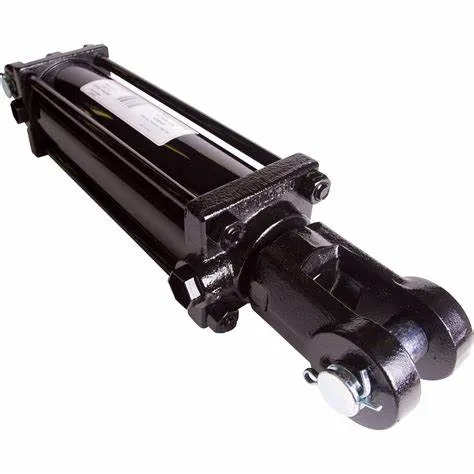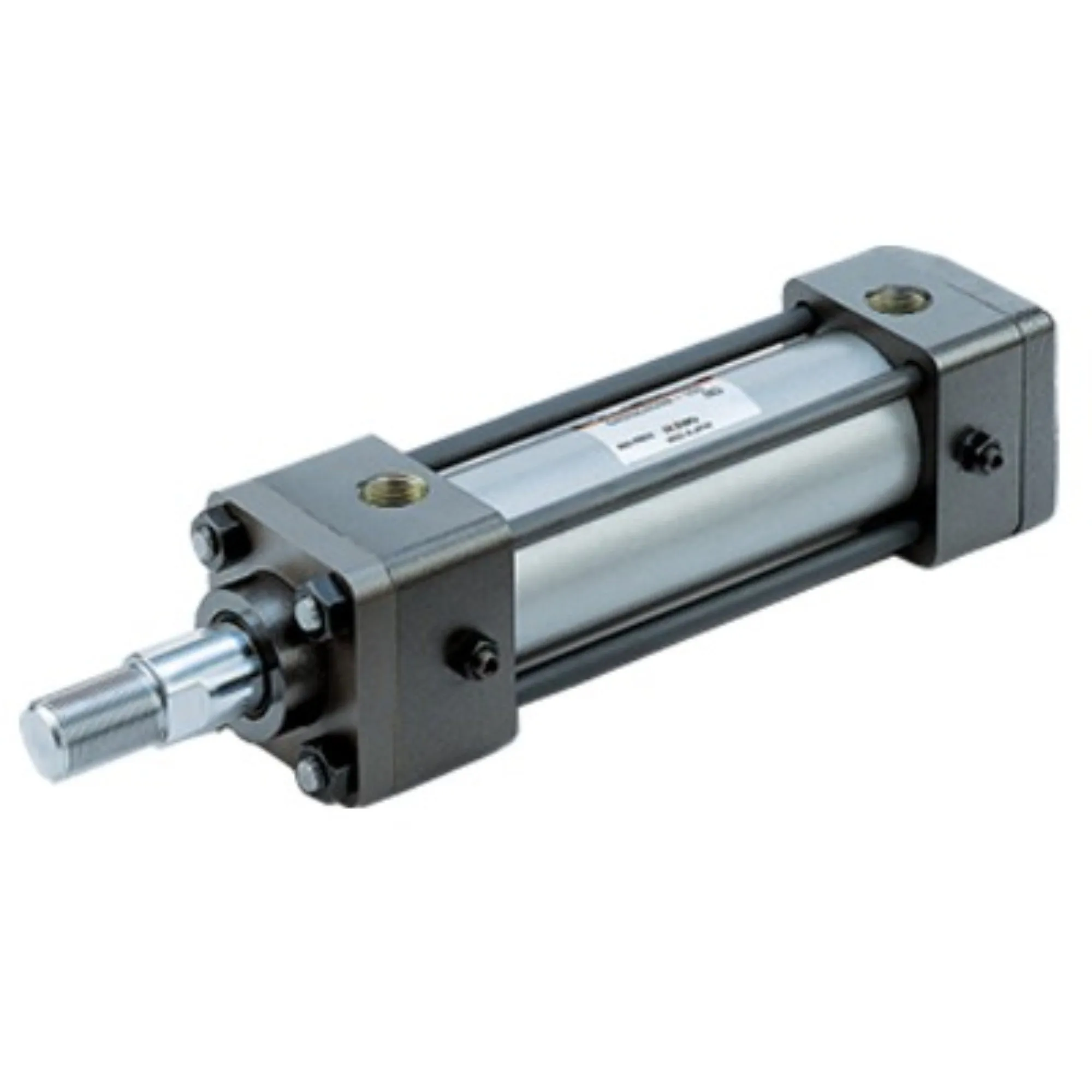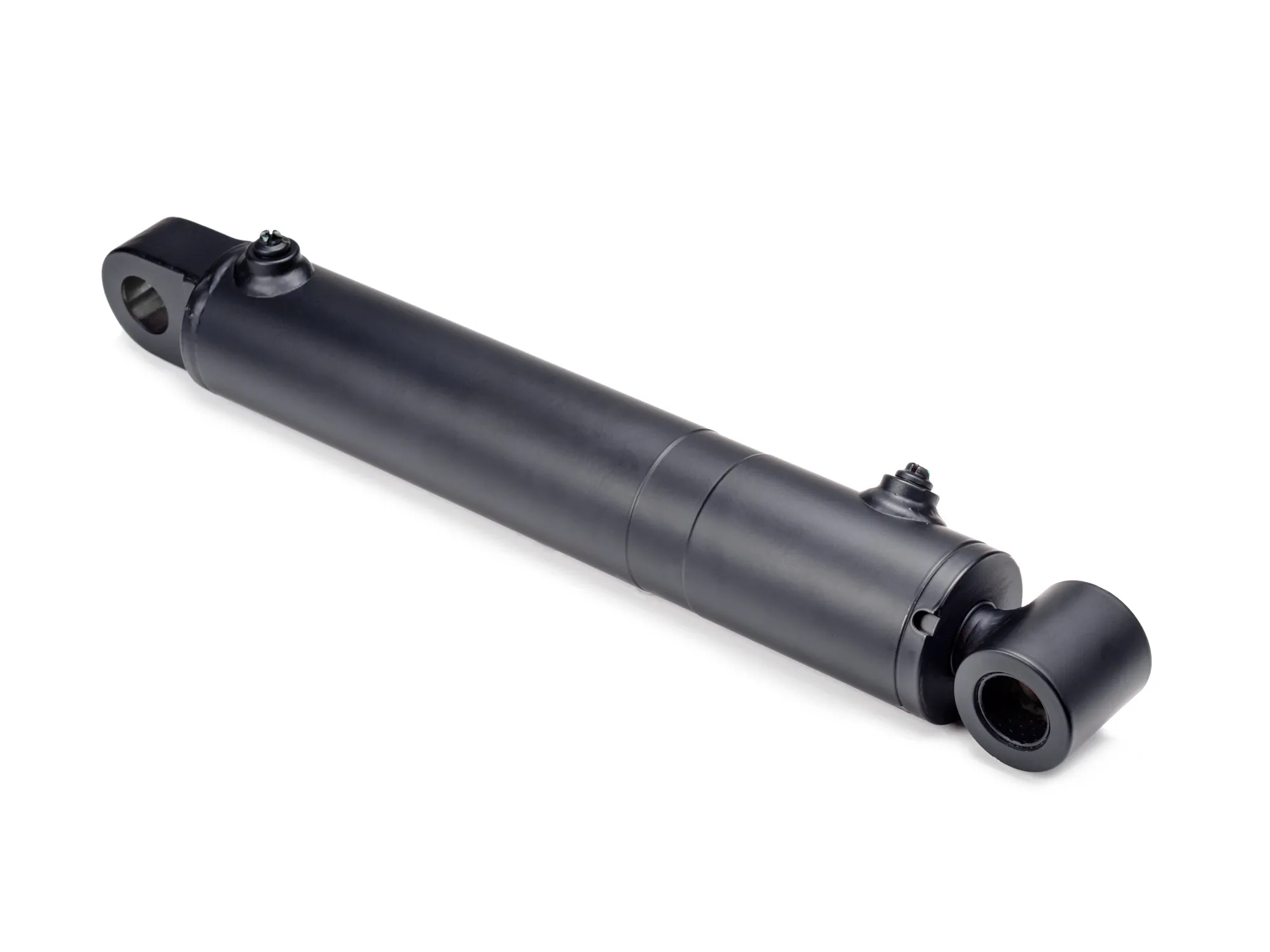Design and Development of Aluminum Welded Hydraulic Cylinders
Introduction
Aluminum welded hydraulic cylinders are a critical component in hydraulic systems, providing the necessary force and movement to operate various machinery and equipment. These cylinders are designed with precision and expertise to ensure optimal performance and durability.
Summary
Aluminum welded hydraulic cylinders are specialized hydraulic components that play a crucial role in the efficient operation of hydraulic systems. They are designed to withstand high pressure and heavy workloads, making them ideal for a wide range of applications.
Design and Construction Characteristics
- Welded Process: Aluminum hydraulic cylinders are manufactured using advanced welding techniques to ensure structural integrity and reliability.
- Materials: High-quality aluminum alloys, seals, and fittings are used to enhance the durability and performance of these cylinders.
- Customization: These cylinders can be customized in terms of size, stroke length, and port configuration to meet specific requirements.
Working Principle
The working principle of aluminum welded hydraulic cylinders involves the transfer of force through a liquid medium, resulting in piston movement to carry out the workload. The sealing system and pressure release mechanism ensure efficient operation.
Types and Configurations
There are three main types of aluminum welded hydraulic cylinders available, each with unique configurations to suit different applications and environments.
Advantages

- Lightweight Design: Aluminum cylinders are lightweight, making them easy to handle and install.
- Corrosion Resistance: These cylinders have excellent resistance to corrosion, ensuring long-term durability.
- Thermal Conductivity: Aluminum cylinders offer good thermal conductivity for efficient heat dissipation.
- Processing Performance: The material properties of aluminum allow for excellent processing and machining capabilities.
- Environmental Protection: Aluminum is a sustainable material with minimal impact on the environment.

Performance Characteristics
- Lightweight Design: Aluminum cylinders are lightweight, reducing overall system weight and energy consumption.
- Good Thermal Conductivity: The material’s thermal conductivity helps in dissipating heat efficiently.
- Corrosion Resistance: Aluminum offers excellent resistance to corrosion, ensuring longevity and reliability.
- High Strength: Despite being lightweight, aluminum cylinders provide high strength and durability.
- Environmental Sustainability: Aluminum is a recyclable material, making it an eco-friendly choice for hydraulic systems.

Applications
Aluminum welded hydraulic cylinders are widely used in industries such as machinery manufacturing, automotive production, aerospace engineering, construction projects, agricultural machinery, marine applications, food processing, medical equipment, and customized solutions for specific needs.
Design Considerations and Selection Criteria
When selecting aluminum welded hydraulic cylinders, factors such as bearing capacity, sealing, durability, safety, and maintainability should be carefully considered to ensure optimal performance and longevity.
Sealing and Lubrication
Proper sealing with high-quality materials and regular lubrication maintenance are essential for the efficient operation and longevity of aluminum welded hydraulic cylinders. Various seals and lubricants are used to enhance performance and reduce wear.
Regular Inspection and Maintenance
To ensure the continued performance of aluminum welded hydraulic cylinders, regular inspection and preventive maintenance measures should be implemented. This includes checking for leaks, wear, and proper lubrication to avoid costly downtime.
Installation Guide
Correct installation of aluminum welded hydraulic cylinders is crucial for optimal performance and safety. Follow manufacturer guidelines and use proper tools and techniques for installation to avoid potential issues.
Maintenance Tasks
- Regular Inspection: Check for leaks, wear, and proper alignment to prevent potential issues.
- Proper Lubrication: Use the recommended lubricants and fill levels for optimal performance.
- Seal Replacement: Replace worn seals to maintain proper sealing and prevent leaks.
Safety Considerations
Ensuring safety measures are in place when using aluminum welded hydraulic cylinders is crucial to prevent accidents and system failures. Follow manufacturer guidelines and industry best practices for safe operation.
Fault Diagnosis and Common Problems
Common issues with aluminum welded hydraulic cylinders include leaks, seal wear, piston damage, and pressure loss. Proper diagnosis and troubleshooting are essential to identify and address these problems promptly.
Three Questions
1. Describe the welded process typically used to manufacture aluminum hydraulic cylinders.
2. In what industries are aluminum welded hydraulic cylinders most commonly used, and why?
3. What are the typical pressure and force ratings for aluminum welded hydraulic cylinders?
Long Tail Keywords
- Aluminum Welded Hydraulic Cylinder Efficiency: Exploring the efficiency benefits of aluminum welded hydraulic cylinders in various applications.
- Custom Aluminum Hydraulic Cylinders: Understanding the customization options available for aluminum hydraulic cylinders.
- Aluminum Hydraulic Cylinder Maintenance: Tips and best practices for maintaining aluminum hydraulic cylinders for optimal performance.

Our Company
We are a leading hydraulic cylinder manufacturer specializing in aluminum welded hydraulic cylinders. With a comprehensive product line and a focus on quality and innovation, we have established ourselves as a trusted supplier in the domestic and international markets.
